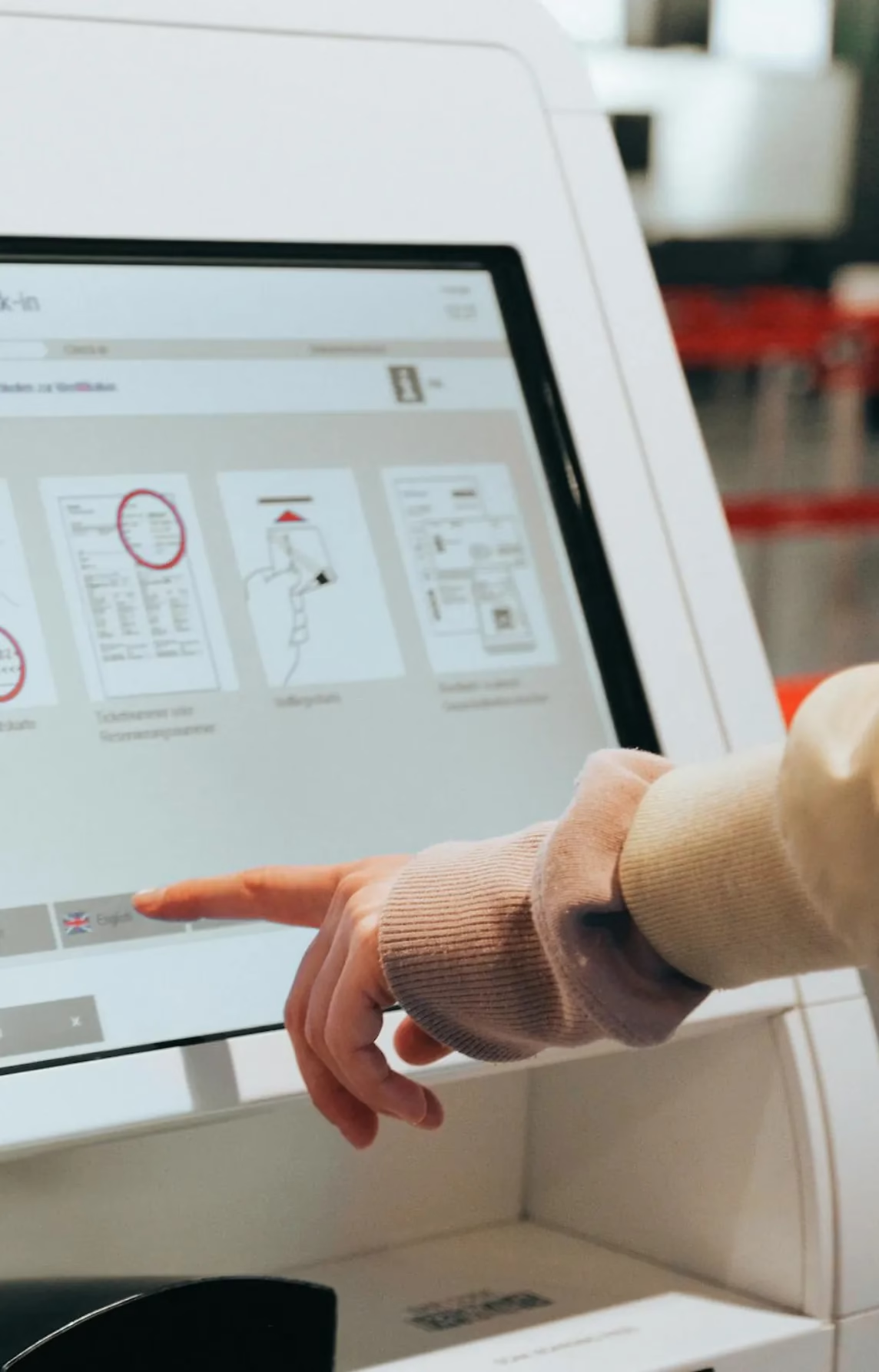If you’re planning a trip from Africa to Denmark — whether for tourism, study, family, or business — it’s important to know about a major new change in how Europe manages its borders. The European Union (EU), and Denmark, being part of the EU, have introduced the Entry/Exit System (EES), a digital border system that affects all non-EU nationals, including Africans visiting the Schengen Area.
Below is a practical guide to what this means, how it works, and what to expect at the airport when entering or leaving Denmark.
Starting from 12 October 2025, the 29 European countries using the EES will progressively roll out the system at their external borders over a period of six months.
🇪🇺 What is the EES?
The Entry/Exit System (EES) is an automated border-control system introduced by the European Union to replace manual passport stamping for travellers outside the EU and Schengen Area.
It’s designed to:
- Record entry and exit dates of all non-EU travelers.
- Register biometric data — fingerprints and facial photos — at external Schengen borders.
- Track overstays (for those who exceed their 90-day visa-free limit).
- Improve border security and detect irregular migration.
🇪🇺 When does it start?
For those planning on travelling to Denmark, this means that from now on, when you arrive in Denmark (or any Schengen country), your passport will be scanned, and your biometrics will be recorded electronically — instead of receiving a physical stamp on your passport.


🌍 Who Is Affected?
The EES applies to:
- All non-EU/EEA/Swiss citizens visiting the Schengen Area for short stays (up to 90 days in any 180-day period).
- Visa-required travelers (for example, Nigerians, Kenyans, Ghanaians, Ugandans, etc.).
- Visa-exempt travelers (for example, holders of special diplomatic or service passports from certain African countries).
It does not apply to:
- Holders of EU residence permits or long-stay visas.
- People living legally in Denmark or other Schengen countries.
✈️ What Happens at the Border?
When you land in Denmark, expect these steps at the passport control counter:
- Passport scan — Border officers will scan your passport.
- Biometric collection — On your first visit after EES is implemented, you’ll be asked to provide fingerprints and a facial image.
- Digital record — The system automatically stores your entry date and calculates your allowed stay period (up to 90 days in any 180-day window).
- No more stamps — Your entry to Denmark will be registered electronically – no more stamps.
- Exit recording — When leaving Denmark or any Schengen country, your exit will also be registered electronically.
This digital record ensures you stay compliant with visa rules and helps avoid problems such as overstays.
🧾 Why It Matters for African Travelers
For many Non-EU nationals planning to visit Denmark, EES is a positive modernization — but it also means you’ll need to be extra careful about your travel dates and documentation.
Benefits
- Faster processing after your first registration.
- Clear digital record of your visits.
- Less risk of lost or unclear passport stamps.
Challenges
- Longer queues at airports during the first months of rollout.
- Biometric registration can take time, especially for large tour groups.
- Strict overstay tracking — once the system detects you have overstayed beyond 90 days, future Schengen visas could be a challenge to obtain.
💡 Travel Tips for Non-EU nationals Visiting Denmark
- Arrive early at the airport: The new system can cause longer border-control lines, especially during busy travel seasons.
- Double-check your visa and stay period: EES automatically calculates your 90-day limit. Overstaying even by one day can have consequences for future travels.
- Keep your travel documents organized: Have your hotel bookings, insurance, return ticket, and proof of funds ready in case of extra checks.
- Be patient and cooperative: A calm, respectful attitude helps smooth the process. After all, the border officers are also getting started with the new system.
- Check for ETIAS updates: The European Travel Information and Authorisation System (ETIAS) — another digital system — will follow in 2026, requiring online pre-approval for visa-exempt travellers. While most Africans still need visas, it’s worth staying informed.
🛂 Visa Reminder for Non-EU nationals in Denmark
Denmark is part of the Schengen Area, so upon approval, your Schengen visa allows you to travel to 26 European countries for up to 90 days. To apply, you generally need:
- A valid passport.
- Completed visa application form.
- Recent passport photo.
- Travel medical insurance.
- Proof of accommodation and financial means.
- Flight itinerary or booking.
🧭 Conclusion
The EU’s new Entry/Exit System is reshaping how travellers enter Europe. For Africans heading to Denmark, understanding EES will help you plan smarter, avoid surprises at the airport, and ensure smooth entry.
The change might bring a few extra minutes at border control — but it also means a more secure, efficient, and modern travel experience.
So, before you pack your bags for Copenhagen, make sure your documents are ready, your visa is valid, and your fingerprints are clean — Europe’s borders are going digital. Happy Travelling to Copenhagen, Denmark and make sure you go out and mingle with locals.
For more information and updates about the EES and its implementation, please visit the official EES – EES website. The information is also available in Danish and English on the Ministry of Immigration and Integration official website.





